Facebook and Google are cool, but there are many other traffic sources that can make very good profits. Konstantin Bocharov, a mobile UA lead at performance marketing agency Äppska, has told us about some of the most effective alternative sources, detailing their features and sharing some tips.

Konstantin Bocharov, mobile UA lead at Äppska
1. Demand-Side Platform
A Demand-Side Platform (DSP) is software that allows you to buy ads automatically, attracting high-quality traffic in large volumes at a minimal cost. What makes it a powerful marketing automation tool is that you don’t need to contact each publisher separately.
DSP works as an automatic intermediary between advertisers or agencies and placement sellers. It “negotiates” the price and frequency of advertising based on parameters determined by the advertiser, who simply sets up advertising campaigns in one place and manages them.
The most popular DSPs

Liftoff
It is a full-service mobile app marketing and retargeting platform that uses post-install data to run true CPA-optimized user acquisition and retention campaigns. Liftoff uses machine learning, lookalike targeting and a database of over three billion user profiles. Liftoff makes three billion ad impressions daily and has a programmatic ecosystem that includes major real-time exchanges and ad networks.
Moloco
Moloco is also a famous Demand-Side Platform. It offers Moloco Cloud, a cloud-based ad solution that leverages first-party and contextual data from the programmatic ecosystem. Moloco uses proprietary machine learning technology to power a broad range of features, including user acquisition, mobile retargeting, programmatic campaigns, etc.
Smadex
Smadex is a platform built with top technology, programmatic management features and machine learning algorithms. It helps advertisers grow their business.
Pros and Cons
Advantages:
- The purchase of advertising is based on CPM and CPI models, making it convenient and safe;
- Transparency, which allows advertisers to see the bundle ID of the app where the ads are shown;
- Advertisers can choose the most relevant and engaged users.
Disadvantages:
- The entry threshold starts from $5,000;
- DSP is long-term work, so don’t expect lightning-fast results — you need to get a lot of clicks, installs, or target events for statistics to understand the results of your ad campaign.
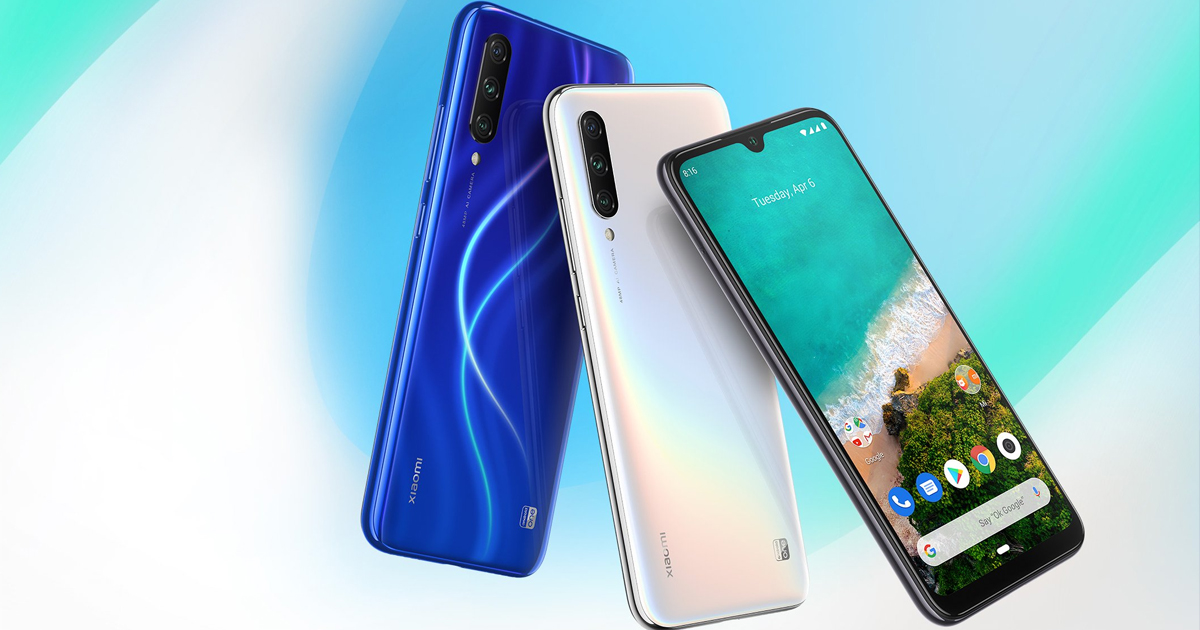
2. OEM traffic sources
Original Equipment Manufacturers (OEM) are companies that manufacture their own phones in their own factories. OEM usually refers to brands such as Samsung, Huawei, Xiaomi, Oppo, and Vivo.
In other words, OEM traffic sources are platforms that use traffic inside the shells of Android devices. Ads broadcast in the software preinstalled on these phones (Calendar, Weather, Cleaning, etc.). The awesome thing here is that apps installed by device manufacturers by default are rarely removed by users. Ads can also be shown in third-party apps but on behalf of the smartphone manufacturer. OEM sources give unique touchpoints to engage users via browser start pages, notifications, in-app & app store banners.
Taking into account that the share of Android devices in the global market is about 75%, you can potentially get 3/4 of all global traffic. OEM sources are close to organic traffic in terms of efficiency, but they also provide opportunities for optimization and audience segmentation.
Models of work
- CPM — the most popular;
- CPI — suited for brand ad campaigns;
- CPA — also used.
OEM sources by GEO
- Xiaomi — Tier 1, Europe, South Asia, Southeast Asia, Middle East, North Africa, Latin America;
- Huawei — Latin America, Middle East, Africa, Europe, Asia-Pacific;
- Oppo — India, Indonesia, Philippines, Thailand, Vietnam, Malaysia;
- Vivo — India, Indonesia, Philippines, Thailand, Malaysia, Vietnam, Pakistan, Bangladesh;
- Transsion — Africa, India, Southeast Asia.
Pros and Cons
Advantages:
- Targeting based on device model, GEO, age, gender, etc.;
- OEM ads feel native;
- Adjustable placements;
- Full transparency;
- Brand campaigns are strong via OEM.
Disadvantages:
- Problems with managers (communication troubles, start and stop of the traffic, managers have their own priorities for clients).
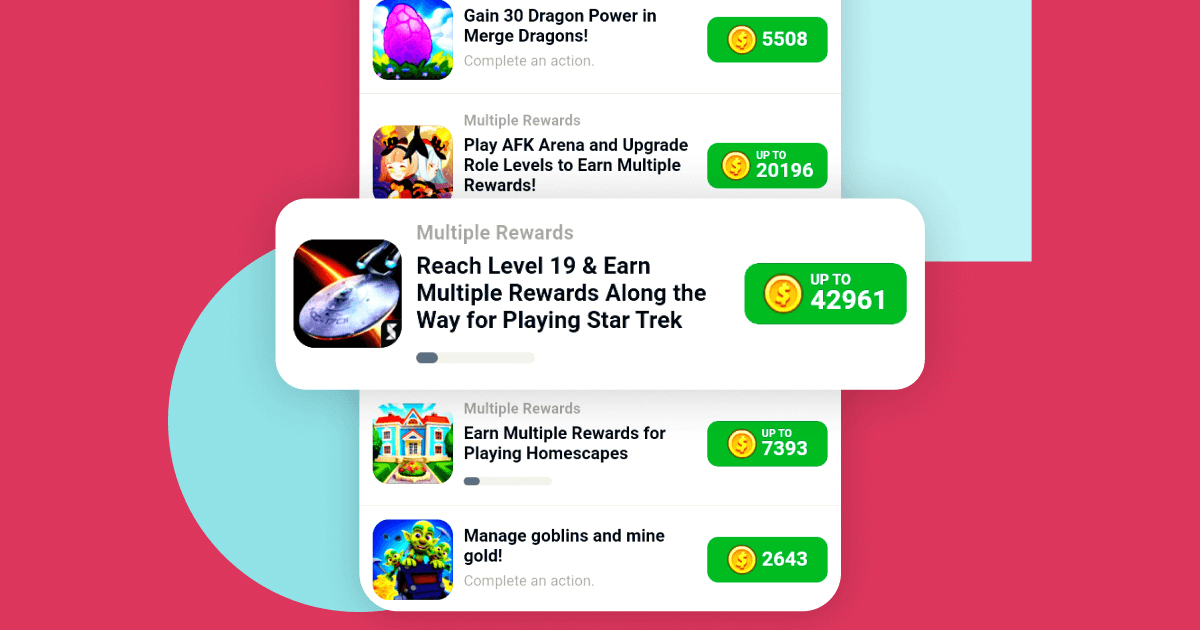
3. Offerwall
Offerwall is incented traffic. That’s a cool one! Using offerwall traffic ads, we deliver users who complete a certain action in the app for a reward. It helps advertisers reach their monetization goals. Money App and Make Money are one of the most popular services in this area.
Models of work
CPI. You can just buy installs to boost your app. Plus, users rate your app and write reviews & comments. This is mainly used to boost your app in the app store.
Search CPI. It is buying traffic by keywords. It involves downloading/installing the app by the user and certain actions in it. In return for performing the desired action, you can reward users with money, virtual coins, discount coupons or unlockable content.
Here is how it works:
- An advertiser has a mobile app with a task for users;
- The task is to download the app;
- When users click on the task, they go to an app store;
- At the same time, keywords are automatically entered into the search engine;
- Users download the advertiser’s app;
- Thus, many users enter keywords, and the advertiser’s app rises higher.
Cost Per Engagement. It can be any event in the app: cost per getting 10 skins, cost per owning any gold or above equipment, cost per complete level 5, etc. This lets you quickly improve the app’s visibility in the app store. CPE is suitable for all GEOs but performs best in Tier 1.
Pros and Cons
Advantages:
- Boost your app in Google Play or Apple Store rankings;
- Get 5-star reviews and positive comments;
- Boost your organic users;
- Fits perfect for Gaming vertical to complete a certain action or level.
Disadvantages:
- Traffic volume can be very limited to Tier 3 countries.
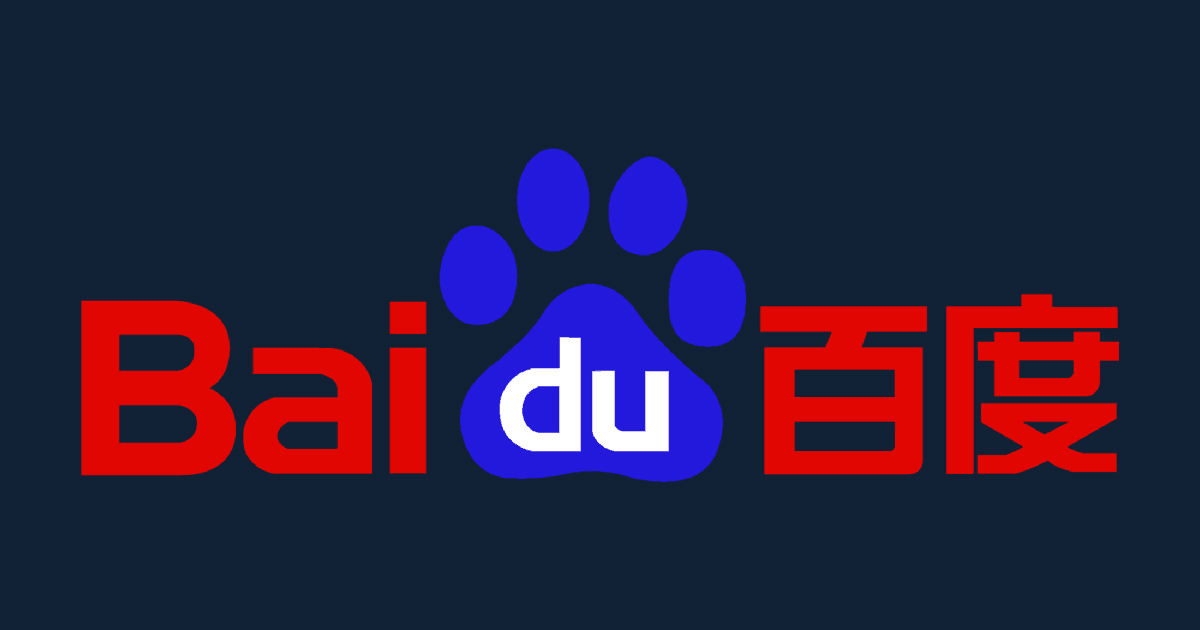
4. Publishers
Publishers are developers who show ads in their apps with internal monetization. There are many companies to work with, depanding on your goals. For example, Baidu suits best for the US, India, Southeast Asia, and Russia. Catbyte is better for Europe, while SHAREit suppots 200 GEOs and 45 languages.
Models of work
- CPM
- CPI
- CPA
- CPL
Pros and Cons
Advantages:
- No fraud;
- Get new high value users;
- Perfect for every model: CPI, CPL, CPA etc.;
- You can choose thousands of apps to promote your app.
Disadvantages:
- Can be very competitive on the market;
- Bidding price might be higher than on other sources.
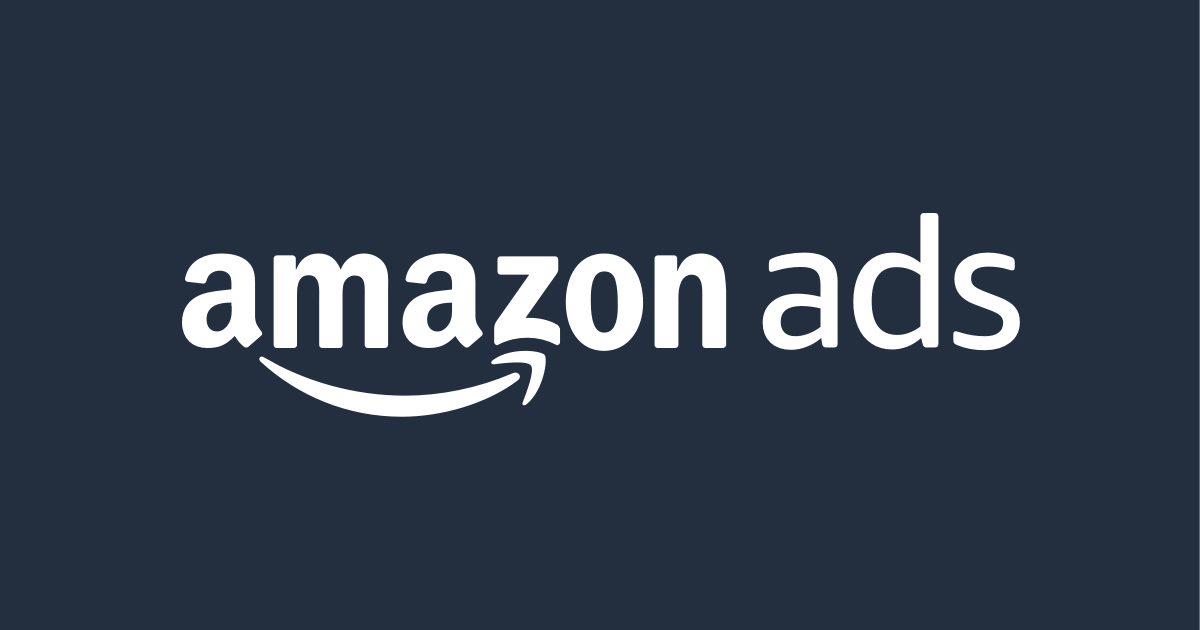
5. Amazon Ads
This is our favorite! Amazon Ads has tens of millions of monthly active users worldwide. Their Fire Tablet advertising can help drive engagement with your apps.
Key things to know about Amazon Ads
Models of work:
- CPM
- CPC
Availability:
- Available to app advertisers with titles on Amazon Appstore;
- Available as biddable CPM in the second-price auction.
Targeting capabilities:
- Full use of Amazon audience segments (in-market, lifestyle, history);
- Ability to ingest hashed audiences from an advertiser for lookalike audiences and exclusion lists.
Pros and Cons
Advantages:
- Native, inline ad opportunities in the contextual environment;
- Interesting ad placements up to a wake-up screen;
- Unique reach and scale;
- Audiences can quickly engage with your app and content;
- First-party insights and third-party measurement solutions.
Disadvantages:
- CPM and CPC bidding models might not be the most convenient way for advertisers.
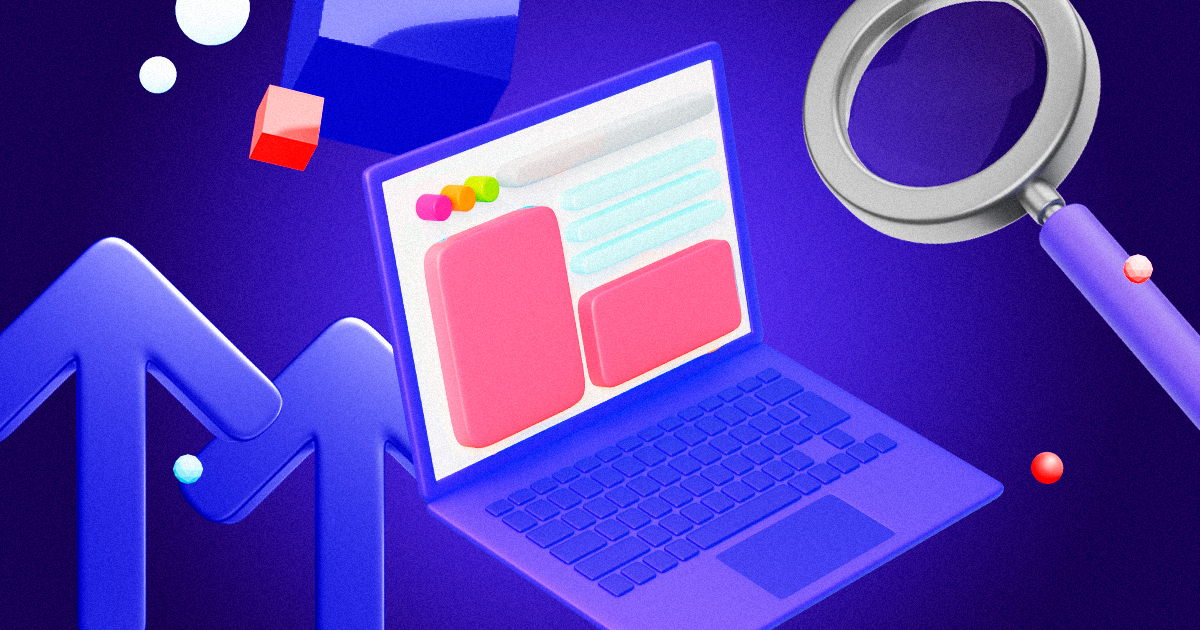
Difficulties in working with alternative traffic sources
Driving traffic only from Facebook and Google, you’ll never become a true party king! Alternative traffic sources, on the other hand, are an excellent opportunity to diversify your ads. In addition, they have the potential to generate large profits.
But take into account the fact that the above sources still have weak points (like all the others):
- A large number of affiliates work with them;
- Problems in dealing with managers;
- Integration issues;
- Optimization takes a longer time;
- You have to make creatives;
- Fraud risks.
We suggest the following way out of this situation: work through intermediaries — agencies with expertise and established strong relationships with companies that provide access to alternative traffic sources. This might help you save time and money.
